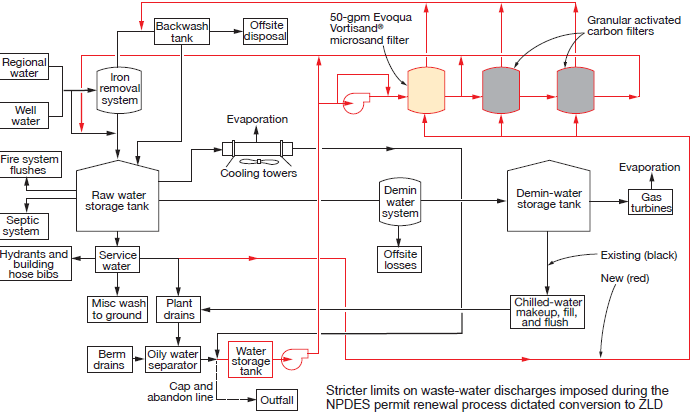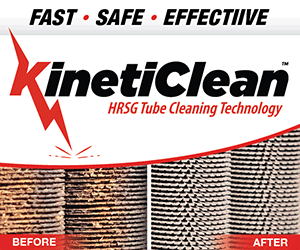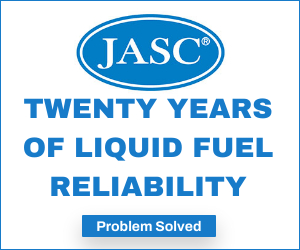New rules on waste-water discharges dictate conversion of Exira Station to ZLD
Stricter limits on waste-water discharges imposed as part of the NPDES permit renewal process made it impossible for Exira Station to consistently comply with the new rules as the facility was originally designed and operated. Challenges faced by the owner, Western Minnesota Municipal Power Agency, and the operator, Missouri River Energy Services, included the following:
-
- The allowed concentration of copper in drinking water was 60 times greater than the new discharge limit.
- Trace constituents in rainwater—such as iron, copper, zinc, and lead—can exceed the new standards.
- Makeup, both withdrawn from plant wells and supplied by the regional water (potable) provider, is unsuitable for direct discharge.
Background facts:
-
- Simple-cycle peaking plant with three LM6000PC gas turbines.
- Inlet chillers/cooling tower.
- Demin water for NOx suppression.
- Makeup water from wells (10% to 25% of total); potable water from regional provider (90% to 75%).
Plant management decided that the optimal solution strategy was to eliminate the discharge of waste water from the plant. Their options:
-
- Redesign the waste-water system to collect cooling-tower blowdown and water from plant drains and containment berms and haul it offsite for disposal.
- Evaporate the liquid and dispose of the solids.
- Recycle all waste water.
The last alternative was selected. A recycle-water treatment system was installed. As shown in the diagram, it consists of an underground collection tank for blowdown, plant drains, etc, and a high-efficiency filtration system that recycles processed water back to the raw-water storage (makeup) tank. Filter backwash is retained for offsite disposal.
Critical to the success of the ZLD concept employed is the relatively small amount of makeup required for the cooling tower compared to that needed for NOx control. This differential assures the dilution of blowdown required for economical operation of the demin system.

Here are some typical summertime (June through September) round numbers to put all this in perspective:
-
- Raw water storage tank (makeup) capacity, 510,000 gal.
- Total water use (includes blowdown), 44,000 gal/day.
- Demin-water consumption, 31,000 gal/day.
- Cooling-tower blowdown, 5000 gal/day (conductivity of 3000 µS/cm).
- Raw-water conductivity, 600 µS/cm.
- Conductivity of water in the storage tank (mixed raw water and blowdown), 850 µS/cm.
- Recycle-water treatment system throughput, 50 gpm.
Results. The cooling tower was designed for four cycles of concentration in summer but was limited to less than two cycles to keep all of the monitored parameters below the required NPDES limits. Negative impacts of fewer cycles: Excessive blowdown (increased makeup) and inability to maintain inhibitor/dispersant chemical levels at optimal levels to protect piping and equipment.
Conversion to ZLD restored the original as-designed capability, thereby reducing blowdown (and makeup) and improving the effectiveness of cooling-water chemicals. Plus, collection of all drains means rainwater gathered from the berms also flows to the makeup tank (via the recycle-water treatment system). This reduces the consumption of water from wells and the regional provider. Burns & McDonnell provided engineering services for the conversion to ZLD.
Finally, because the plant doesn’t discharge, there’s no need for sampling and analysis, and no violations, reported Plant Manager Ed Jackson









